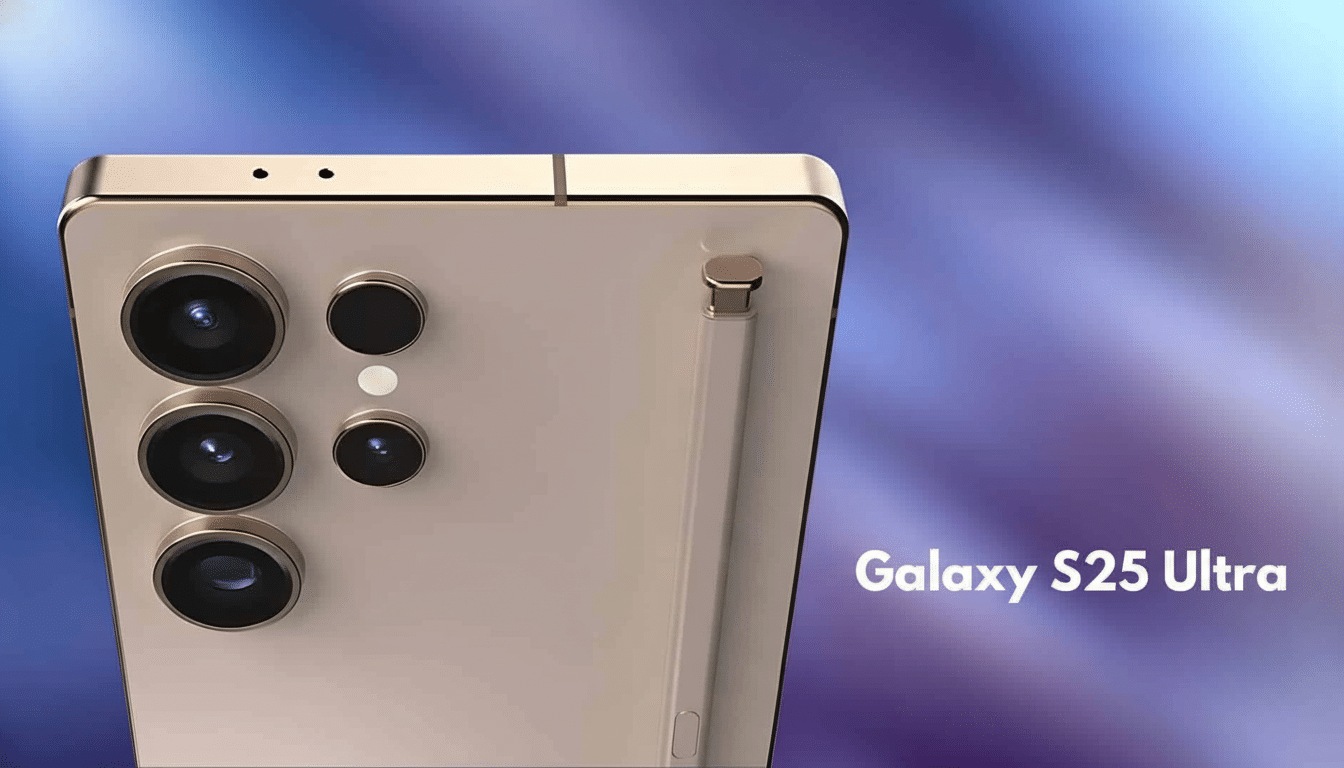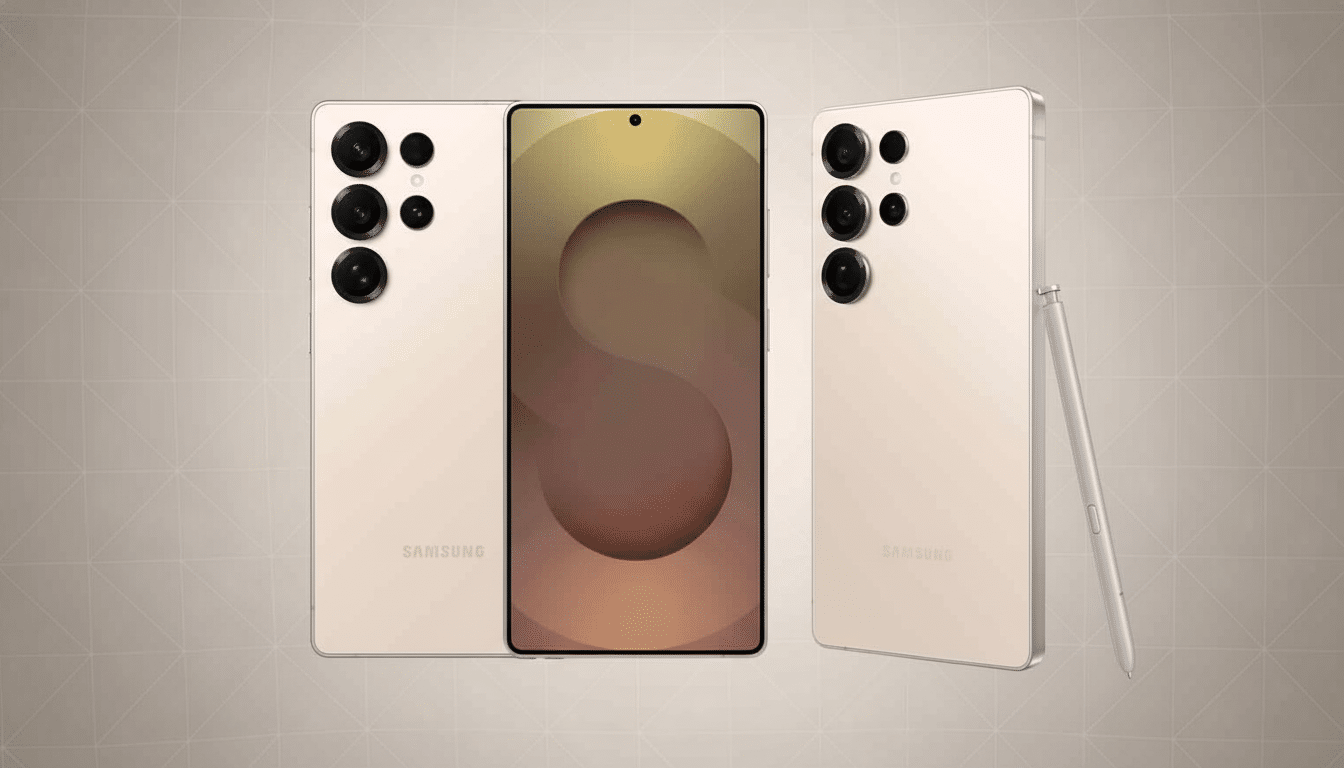The company’s upcoming OnePlus 7 successor looks to be the same kind of spec-heavy disruptor that’s bound to make owners of premium devices take notice.
From official teasers, executive positions and partner disclosures, the OnePlus 15 looks set to jump ahead of the Galaxy S25 Ultra in three areas that seriously matter on a day-to-day basis: display tech, power longevity and charging speed — while introducing a novel imaging pipeline designed for clarity over gimmicks.

Display And Design: Pushing Past The Usual Playbook
The company is promising a 165Hz (a still relatively rare feature in mainstream flagships) OLED screen combined with ultra-thin, 1.15mm symmetrical bezels at all edges of the phone. That’s the sort of one-piece framing we’re used to seeing in concept hardware, not finished goods. If it arrives, it would out-trim the bezels on a lot of current halo phones, including Samsung’s Ultra line, which peaks out at 120Hz LTPO refresh.
It’s co-developed with BOE and takes advantage of an X3 luminescent material that OnePlus claims increases high-brightness mode by 13%, color accuracy by 11.8% and reduces power consumption by 10%, while increasing longevity by 30% compared to the last generation.
The phone is also claimed to be the first Android device certified for 1-nit minimum brightness at the hardware level and packed with TÜV Rheinland Smart Eye Protection 5.0 Gold certification — so that’s something of a nod toward people looking for an easy-on-the-eyes read late into the night. We’ve noted for a while that butting OLED tech up against higher refresh rates without butchering power efficiency depends on both emitter materials and drive circuitry; at least on principle, OnePlus is ticking those boxes.
Outside of the screen, the chassis is said to combine a fiberglass back with a ceramic-coated metallic frame for added robustness, as well as a textured “sand storm” finish for grip. There is also a new customizable hardware key for shortcuts. None of this is news from the mountaintop, but taken cumulatively it reads like a machine built to last through heavy abuse, not just benchmarks.
Battery And Charging That Redefine All Day
The alleged 7,300mAh battery is the spec that makes you pause mid-scroll. (A little context: The Galaxy S25 Ultra purportedly clocks in at 5,000mAh and bigger-profile rivals settle nearer the vicinity of 5,200mAh.) With the right tuning, two-day endurance for typical users is in play if OnePlus can hit 7,300mAh.
Then there’s speed: 120W wired charging and 50W wireless are said to be on board. OnePlus has a history here with its triple-digit wattage systems and its BHE — Battery Health Engine, which the company has claimed in the past keeps 80% of capacity after thousands of cycles in lab testing. So the practical gain isn’t a faster top-up — it’s being able to drive the phone hard and then recover hours of use in minutes before heading out the door.

Silicon And AI Power To Match The Ambition
Powering it all is Qualcomm’s upcoming Snapdragon 8 Elite Gen 5, which would likely be leading the charge against a slew of Thunder 818 (AQ) reference hardware; given that Qualcomm has said to expect roughly a 25% single-core and ~20% multi-core uplift over its current-gen processors, along with an improvement in AI thanks to more capable silicon in the Neuron Processor Unit. Gamers need only apply if they have a CPU, GPU, and thermal design that can maintain those speedy refresh rates without throttling. OnePlus has historically latched onto aggressive cooling solutions; if that trend continues, the company could be the first to prompt a 165Hz screen to feel native rather than niche on an Android flagship.
A New Imaging Philosophy After Hasselblad
OnePlus said its years-long color-tuning partnership with Hasselblad is coming to an end. In its place is the OnePlus DetailMax Engine, a computational imaging stack that co-founder Pete Lau said on Weibo prioritizes realism and fine detail over heavy processing. The pitch is simple: protect micro-contrast and texture fidelity so that when you zoom into a shot, it reveals truth — not watercolor. If this succeeds and avoids the plastic skin tones and overbright skies that blanket many phones’ output, it could be an appealing prospect for the photographers who tend to care a little more about dynamic range and color accuracy rather than colorful social-ready output.
Why This Could Beat An Ultra In Real-World Use
Samsung’s Ultra series continues to be about consistency, ecosystem perks and camera versatility. But if you prioritize raw stamina, fast charging and bleeding-edge display response, that’s where the OnePlus 15 shows up with a spec sheet more aggressive than what the S25 Ultra offers: battery capacity, charging wattage and refresh rate. Power users — and power users, after all, are the target market for a $1,000 phone meant for travelers, creators, and competitive mobile gamers — will feel those differences from hour to hour rather than in mere synthetic scores. This post was written before we had access to our own performance analysis.
Caveats And What To Watch At Launch For Buyers
Specs are a promise; shipping devices are proof.
Things to watch for:
- Real-world battery life with 5G and high refresh enabled
- Thermal stability after long gaming sessions
- Camera tuning under mixed light
And watch out for regional variance — China-first releases may ship with features or software builds that differ from global versions. We’ll start to get some independent testing from labs and analysts like Counterpoint Research, as well as DXOMARK once units land.
Should OnePlus hit its own numbers, it won’t just catch the Galaxy S25 Ultra — it could also rewrite the conversation about what a flagship should focus on in 2025, shifting it from incremental polish to real, practical utility.

